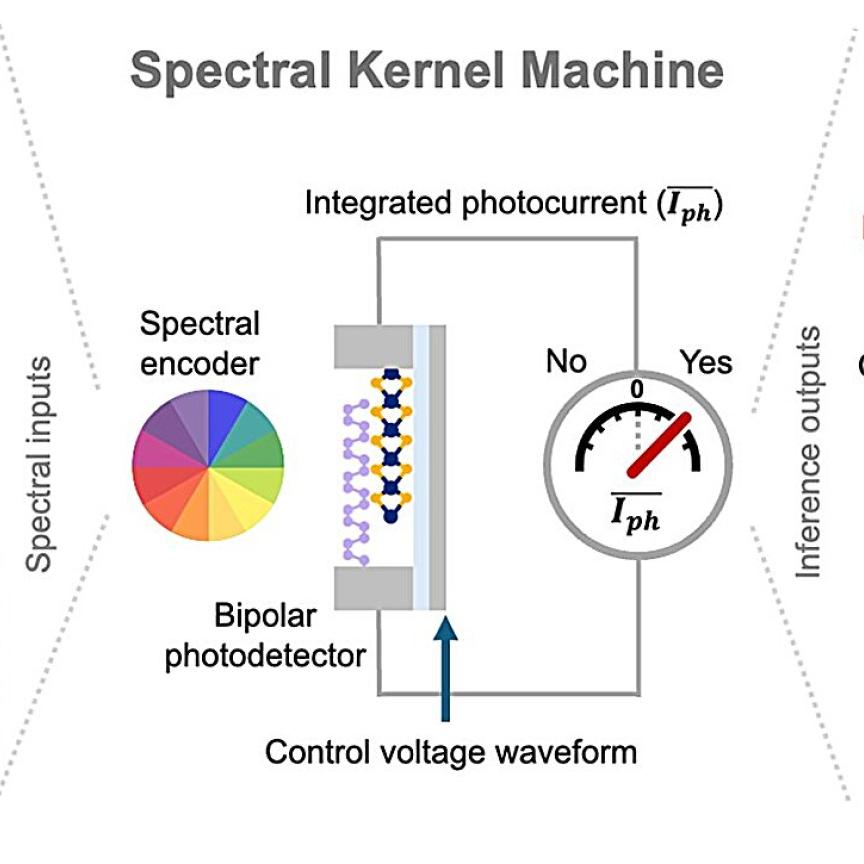The history of Pixelteq goes back many years – even if the company didn’t formally take shape until about 12 months ago.
Little did the key players know, but the seeds were sown in 1998 when Ocean Optics – based in Largo, Florida – developed its first handheld spectrometer. Directors of the company including the founder Mike Morris and current Pixelteq CEO Phil Buchsbaum were keen to further miniaturise the device, with the ultimate aim being the production of what was referred to as a ‘spectrometer on a chip’.
There was significant early progress towards this goal, with the development and filing of a swathe of intellectual property (IP) relating to dichroic coatings in very small pixel areas.
The progress was thwarted, Pixelteq’s marketing and sale director Marco Snikkers tells Imaging and Machine Vision Europe, because of a lack of capacity in optical coatings due to a majority of companies focusing on supporting the telecoms industry growth-boom at that time: ‘To solve the problem, Ocean Optics bought a coatings company, Continental Optics, and moved it to Florida. Phil Buchsbaum was entrusted with the management of the new facility.’
A few years later, in 2004, Ocean Optics itself was bought by UK holding company Halma plc, which enabled the company to expand in terms of its technical capabilities, capacity and its geographical spread, opening various offices in China and Europe.
Snikkers continues: ‘This initial idea of Morris and Buchsbaum – of micro- and nano-spectrometers – came up again. There was a realisation that there was lots of IP that had not been capitalised, and that we could probably use it to develop a next-generation spectrometer. We knew we had the technology to scale multispectral imaging down to the individual pixel scale.
‘We saw that, with this technology, we could develop a next-generation product line – and, as the development moved ahead, we could see that there was a completely different market to the one Ocean Optics was operating in. The company bought a new facility based in Colorado, which gave the thin-film department the chance to spin out a new company as a separate entity within the Halma group.

Marco Snikkers
The strategy was for the two entities to be branded separately, so Ocean Optics could focus on spectroscopy and further miniaturisation, while the new company – initially called Ocean Thin Films – devoting its attentions to multispectral sensing and imaging.
After four years of development the company was ready to start marketing its products – and this coincided with the firm being renamed as Pixelteq.
Snikkers continues: ‘The spin-out has been completely independent since 2008 and we have spent the time since doing two things, selling our traditional products – to the defence industry in the US and also entertainment lighting, where we already use the patent coating technology to make dimmer wheels and colour changing wheels and colour engines for the entertainment industry – while at the same time developing this platform for multispectral sensing and imaging products.’
Pixelteq’s customers are spread around the world, with Snikkers reporting that their common trait is a desire to use spectral imaging in a portable way. Key markets include agriculture and security, and in the area of process control where processing speeds are important and products tend to be moving as the imaging technique takes place. Snikkers reports that the biomedical industry is fast becoming important to Pixelteq, with its imaging products being used to study fluorescent markers and the different spectral qualities of bodily tissues and fluids.
He says: ‘It’s a very broad market – and getting broader all the time with many different applications. Wherever there are optical differences and people want to study and control those differences, then spectral imaging can play a part.’
The company has been engaging in what Snikkers describes as ‘missionary work’ – introducing a technology that is largely unknown: ‘Obviously hyperspectral imaging has been around for a while and is very popular, but what we are doing is integrating individual filters on individual pixels – and that opens up lots of applications that were not possible before. We need to let the world know this technology exists and how it can be used, and this is exactly what our sales and marketing department is doing.’
The future certainly looks bright for Pixelteq, with Snikkers saying that the company is a step ahead of the competition: ‘There are a couple of firms that have the ability to do patterning, but not to the individual pixel level. We have an impressive IP portfolio to protect us – the big challenge is to get the message out there. There are also other hurdles for others to enter this market – building a semiconductor-grade cleanroom for these kind of lithographic processing is very expensive and the machines are all customised for this specific purpose – and we have already been through the development process and have made the necessary investments.
‘Our market – and indeed the whole photonics market – will grow in the next few years. Lots of industrial and system integrator companies want to add optical technologies to their portfolios. Also, we increasingly see companies that have traditionally used vision techniques with monochrome cameras, that are now coming to us and looking for spectral imaging solutions to extend their capabilities in process control and with that increasing quality.
‘With increasing volume demand, optical technologies certainly still needs to get smaller and more affordable, so that is one more hurdle the industry needs to get over, but we are heading in the right direction.’


